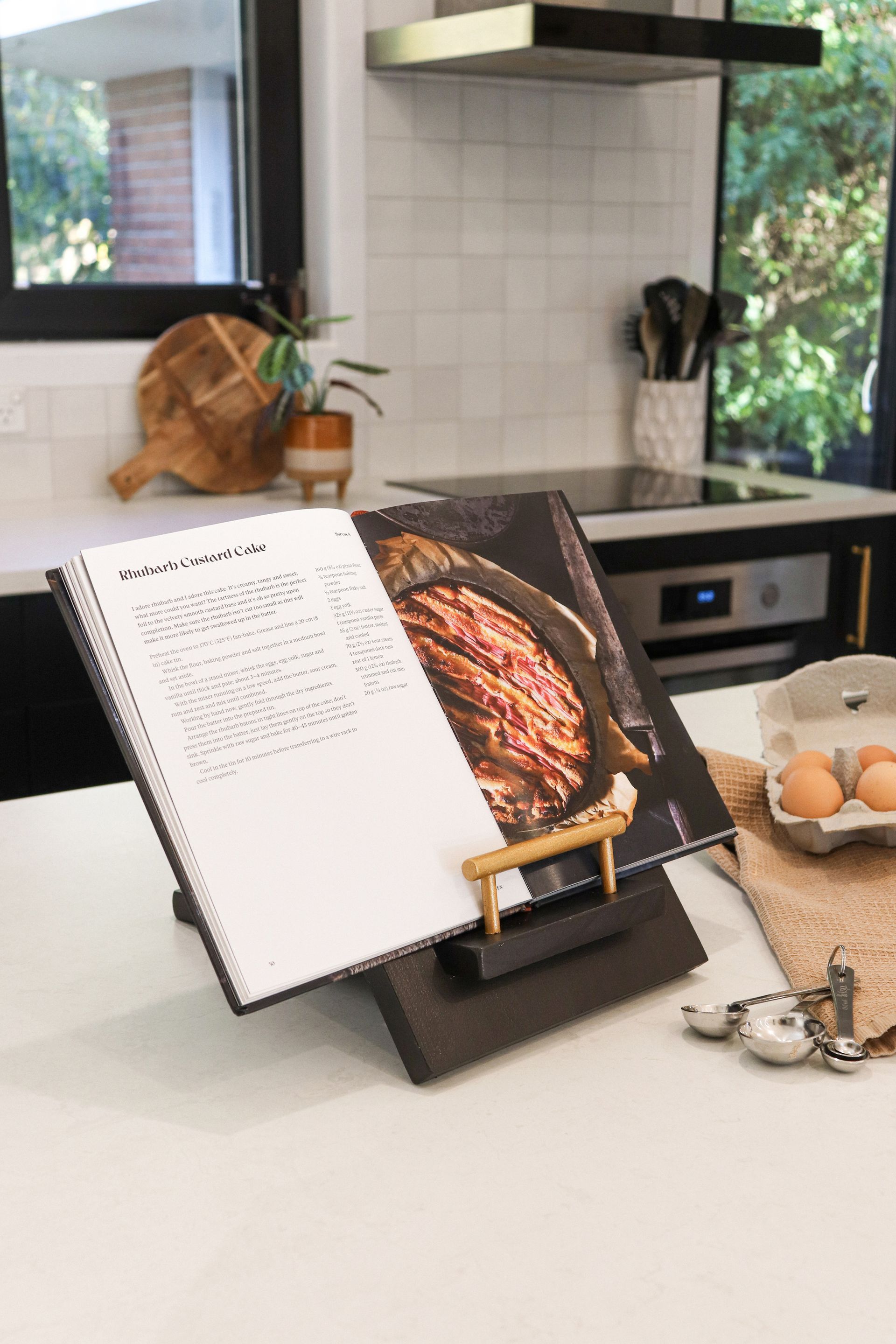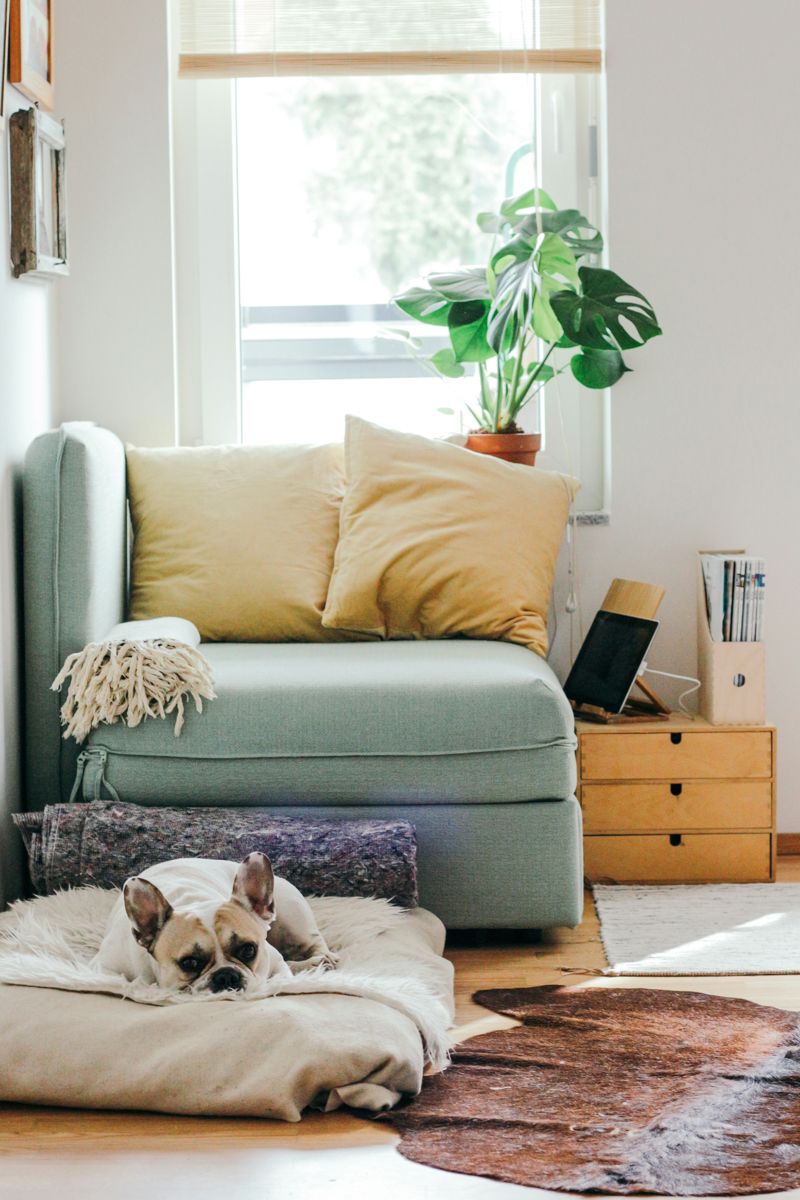Raglan’s famed black sand coastlines loom large in Daneen Morgan’s sea salt flavoured memories of childhood. Her hometown in the Waikato is a surfing mecca and she recalls long summer days spent in the water. This is where she learned to swim and first strapped on a pair of water skis. Her father made aluminium fishing boats and pleasure craft for a living and family life with her two younger sisters revolved around the ocean.
Perhaps, as a child, she might have poked a toe at seaweed drying on the beach, little realising how important it would one day become for her.
On leaving school, Daneen studied marketing and went on to put those skills to good use across a variety of sectors, including textiles, food, hotels and hospitality. She quenched her Kiwi wanderlust travelling around the United States, Europe and the UK. ‘Ultimately, I realised that my true passion is New Zealand and the raw product we have here,’ says Daneen. ‘This is what inspired my first business called Cover Me Blankets, which offered a range of New Zealand merino baby blankets and interior throws that wound up being sold all over the world.’
After several successful years she called time on the business, but before too long realised she still had more to give as an entrepreneur. ‘I began thinking about what I wanted to do next and knew it would have to be something that would inspire me and connect with my passion for this country and its environment.’
The lightbulb moment came in May 2017 when her sister, Sarah, told her about a Southland fisherman she had met who was harvesting seaweed for the agricultural sector and was also excited about its potential for human nutrition. ‘Something just clicked when I heard about seaweed and its apparent promise as a health food-in-waiting. I decided to go and meet him. From him, I learned that seaweed is a natural superfood and I realised this could be a viable and exciting business to pursue. My own subsequent reading and research confirmed that seaweed is rich in protein, minerals and vitamins.’
A sample batch of harvested kelp sent for independent testing confirmed her hunch that this brown seaweed species (Macrocystis pyrifera) is in a nutritionally dense class of its own. Test results showed there were over 50 different minerals and vitamins in the sample batch, including iodine, calcium, magnesium, iron and potassium.
Within six months of meeting the seaweed harvester, Daneen had launched her website – Oceangreen Organics – selling 100 per cent pure New Zealand seaweed in capsule form as a multi-nutrient dietary supplement. ‘It was a really quick process and as luck would have it, all this was happening around the same time that Dr Michael Mosley’s book on gut health came out. There is an association with how seaweed helps to support gut health and that generated a lot of interest in what I was doing. People began ordering through my website, with demand coming from New Zealand, Australia, India, the UK, Europe, Japan and the US; Amazon is the biggest selling platform for me.’
To start with she only made a sale every few days or so on Amazon but is now making several hundred sales a month. ‘It’s a typical New Zealand product in that I’m getting more traction overseas than at home, but I want it to be affordable for New Zealanders and for people here to be aware of it.’
Getting from kelp to capsule involved a lot of steps. As well as establishing a solid working relationship with a seaweed harvester, Daneen had to find processing facilities to make the product. Labelling, designed in conjunction with Christchurch designer Charlie Kahn, had to be compliant with NZ Dietary Supplements Regulations and the NZ Medicines Act. That meant getting approval through the Therapeutic Advertising Pre-vetting System (TAPS). Many hours were spent trawling through research and reading various abstracts. ‘I would not say I’m an authority on seaweed as yet but am certainly becoming fairly well-informed and learning more all the time.’
Seaweed has long been part of the Asian diet but Daneen has discovered the same is also true for coastal communities in Ireland and Wales. ‘Seaweed has been used for cultural and healing purposes for hundreds of years. The seaweed used in our capsules contains a unique and comprehensive combination of minerals, vitamins, electrolytes and trace elements. I have a 45 years-plus audience that includes mature men who give me a lot of feedback on how this is making a difference to them by supporting thyroid and gut health, boosting energy and helping with skin, weight and other health issues. It’s really awesome!’
Daneen says the raw material – kelp – is sustainably hand-harvested over a wide area from Moeraki to Kaka Point and the product is fully traceable via harvest coordinates. ‘I work with a registered fisherman who records what he takes and where from, and the kelp is sourced through an approved allocation process. Macrocystis pyrifera is one of the fastest growing organisms on the planet and is quick to regenerate but often we get what we need from floating rafts of kelp that has been ripped loose from rocks through storms and tidal surges. I’m very conscious of where we harvest – we avoid harbour inlets or anywhere near runoffs – and we only harvest twice a year, over a very big area. We use the whole plant – nothing is wasted.’
Once harvested, the kelp is cut, washed, then dried over several days, before being processed and milled into powder suitable for supplements. Some of the seaweed is also processed and sold as a flaked product.
Every batch is tested by two independent laboratories because levels of minerals like iodine can vary a great deal depending on factors like water temperature and harvest location. Seaweed is a great source of iodine, which the body needs to make thyroid hormones that control metabolism. The mineral is deficient in New Zealand soils, but too much can cause side effects so it is important that consumers know what they are taking. (As her website advises, always seek medical advice before taking any complementary medicine or supplement containing iodine).
‘We create a brand new label for each production run so people know the exact composition, and we also routinely test for any undesirable contaminants and if anything gets picked up we get rid of the whole batch. We don’t use any fillers or additives.’
A new addition to Ocean & Green is 100% Pure New Zealand Marine Collagen Supplement Capsules to support healthy skin, hair and nails. The capsules include a dash of seaweed and Canterbury blackcurrants, which are a nutritious superfood in their own right, containing high levels of Vitamin C.
Also under development is a Canterbury hemp and seaweed supplement, plus a marine botanical skincare range. ‘I hope to get that out by the end of the year, once we have finalised the formulation and production arrangements. We are the only Kiwi-based brand sourcing our marine collagen from New Zealand shores. I’m really proud of that and of our focus on raw, natural goodness in all our products.’
Since launching Ocean & Green, Daneen has built a loyal following. ‘We’re all working harder, faster and longer, not eating the right foods and not resting and recuperating enough. I get a lot of women coming through with issues to do with thyroid and hormonal imbalances along with skin, hair and general health matters. I’m grateful that so many of them take the time to tell me how Ocean & Green is making a positive difference.’
Recent stories








